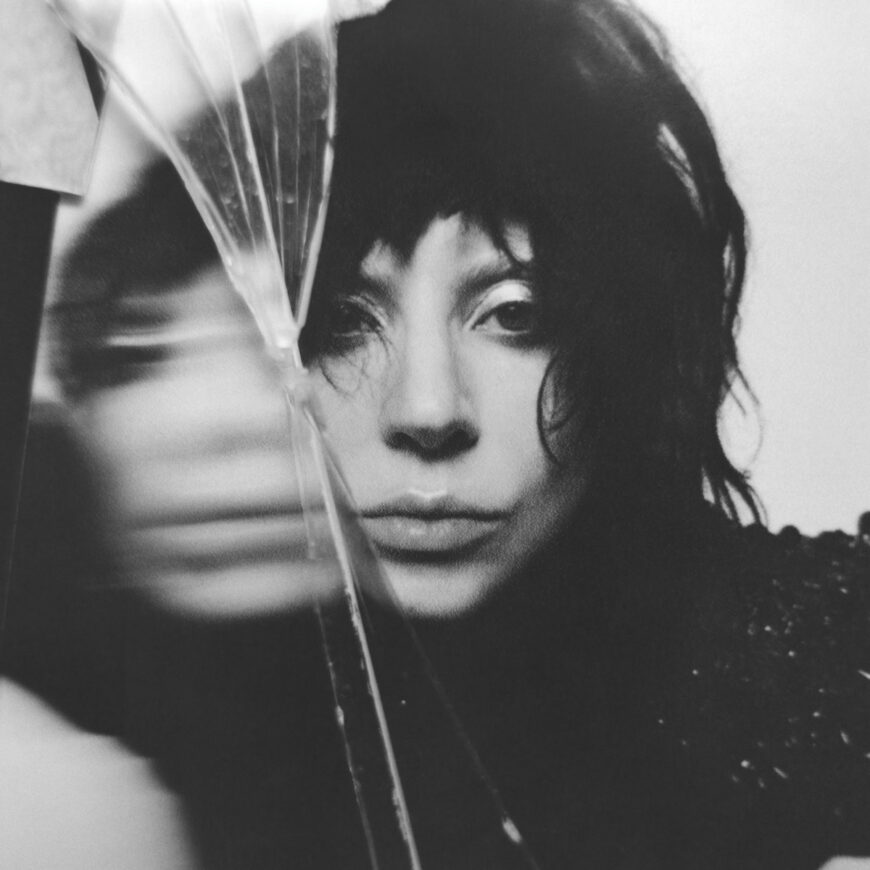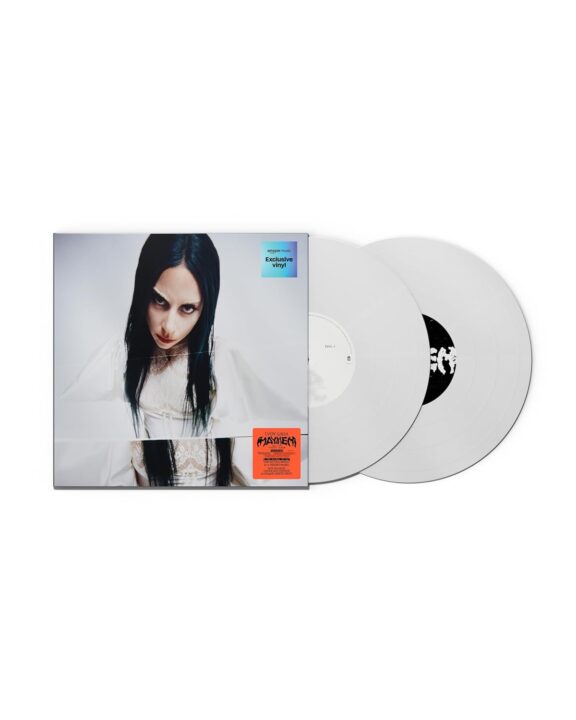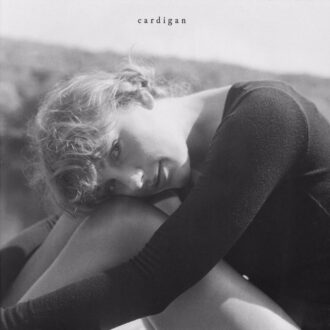You’ve heard this talk about reheated nachos, haven’t you? The internet slang term came about last year, with “nachos” referring to a person’s style, aesthetically or sonically — the point being that, even if the ingredients are the same, it’s a dish best served fresh. The phrase reached a broader audience after Lady Gaga premiered “Abracadabra,” a single from her new album Mayhem, during the Grammys. “Abracadabra” feels quintessentially Lady Gaga, from its chainsaw synths to the very “Bad Romance” way she flips her name into a devilish tongue: “Abracadabra, morta-oo-ga-ga.” Even the menacing choreography of its music video seemed to hark back to a time when reviews likened her dark eccentricity to a “David Cronenberg creation.” As one fan emphatically proclaimed on X following the video’s premiere: “She really reheated her own nachos!!”
When EW later asked Gaga how these accusations of nacho reheating made her feel, she responded with poise: “I would say that my nachos are mine and I invented them and I’m proud of them.” It’s true that Lady Gaga, in 2025, doesn’t really have any contemporaries; even those aforementioned early reviews pegged her as “a potential new Madonna rather than simply a new Katy Perry.” Put her in a lineup with fellow 30-something pop stars like Taylor Swift, Kesha, Adele, Charli XCX, Rihanna — nobody’s had quite as distinct or influential a career arc as Gaga, who once accepted a VMA wearing a dress made of steak and went on to record albums with Tony Bennett and star in blockbusters. Her one-time collaborator Beyoncé might be her closest thing to a true peer, but even that doesn’t seem like quite the right comparison: In the past decade, Beyoncé has maintained a sort of elusive, untouchable status. On the other hand, Lady Gaga in the age of Mayhem feels larger-than-life while also coming off as incredibly human.
Between party-girl dance pop, proto-hyperpop, toned-down country, jazz standards, and straightforward club beats, Gaga’s career has seen her take her own spin on numerous aesthetics. Mayhem, then, attempts to make sense of her once-in-a-generational experience with stardom: “The album is a series of gothic dreams,” she told Apple Music’s Zane Lowe. “It’s images of the past that haunt me, and they somehow find their way into who I am today.” This all culminates into one of the album’s highlights, the blistering industrial rocker “Perfect Celebrity,” on which she muses: “I look so hungry, but I look so good.” Maybe she’s just referring to aesthetics, but in the world of Mother Monster, looking “hungry” carries a sinister undertone: An insatiable appetite for fame, for a good night out, for being truly known by people besides the similarly bloodthirsty front-row spectators.
“Perfect Celebrity,” in fact, was almost the title for Mayhem. In that same Apple Music interview, Lady Gaga explained that after putting the song to tape, she nearly changed course entirely, wanting the entire record to match its “electro-grunge” swagger. Thank goodness, she walked back on that idea: “If I was to simply decide I was going to now make an entire electro-grunge album, it would be just to try to saint myself as randomly cool in the middle of my project. I actually thought that that was boring and not at all what Mayhem is all about.” Mayhem, instead, winningly encapsulates Gaga in her numerous forms, her most stylistically varied album to date stabilized by a deep and rewarding understanding of herself.
While Mayhem’s first half paints Gaga as something like a sorceress, its backside seems to come from the Gaga in her ripped jeans and Converse, a welcome grounding to earth. Between the two is connective tissue in the form of “Zombieboy,” a funky, upbeat dance number dedicated to her late friend Rick “Zombie Boy” Genest — the tattooed model recognized for his appearance in Lady Gaga’s “Born This Way” video. “Goodbye, I’ll see you in my dreams,” she shouts with the girly enthusiasm of a cheerleader. By bidding farewell to the demons, it seems, Gaga’s also searching for her human side.
At the crux of Mayhem is the divide between Lady Gaga and the artist born Stefani Germanotta. As if reckoning with these conflicting identities isn’t enough for her to try to handle on her own, that pesky fame monster also sneaks into Gaga’s personal relationships: “I’m here to kiss you in real life/ ‘Bout to cause a scene,” she proclaims to a hesitant love interest on the emphatic, twinkly Yaz-sampling ballad “How Bad Do U Want Me,” her bad-girl image never taking the day off. “She’s on your mind, like, all the time/ But I got a tattoo for us last week!”
A lot of the references to “us” on the album concern Gaga’s fiancé, the tech entrepreneur-turned-Mayhem co-producer Michael Polansky, who inspired her to return to her roots after last year’s Harlequin, her Joker-themed album of jazz standards. The guitar-laden slow jam “The Beast,” replete with storybook references, is a sequel of sorts to Gaga’s 2009 track “Monster,” an I’m-in-love-with-a-bad-boy anthem that feels like the furthest thing from a fairytale. “The Beast” doesn’t pretend this love is perfect, either, its titular creature an allusion to Gaga’s love interest as much as it’s a critique of herself. “You can’t hide who you are, 11:59,” she repeats over hair-metal riffs in the bridge, as if she’s both anxious and eager for the fairytale to end. Whatever’s real in this life, she seems to say, will then ultimately come to light.
Besides her Bruno Mars collab “Die With A Smile” tacked on at the end, Mayhem closes with “Blade Of Grass,” inspired by a conversation Gaga had had with Polansky about how she might like her engagement to pan out. Though he’d eventually pop the question with a proper rock, Gaga’s initial suggestion was a bit more casual: “Wrap that blade of grass/ Around my finger like a cast.” It seems fitting to close Mayhem with something as natural as grass; something that doesn’t so often appear in nightmares or in hell. In a “garden made of thorns,” as Gaga puts it, she’s cultivated a career and life retrospective that doesn’t gloss over the ugly parts, that brings Mother Monster into alignment with the artist behind it. Their differences, and their similarities, have never been more evident. So… nachos, anyone?
Mayhem is out now on Interscope.








